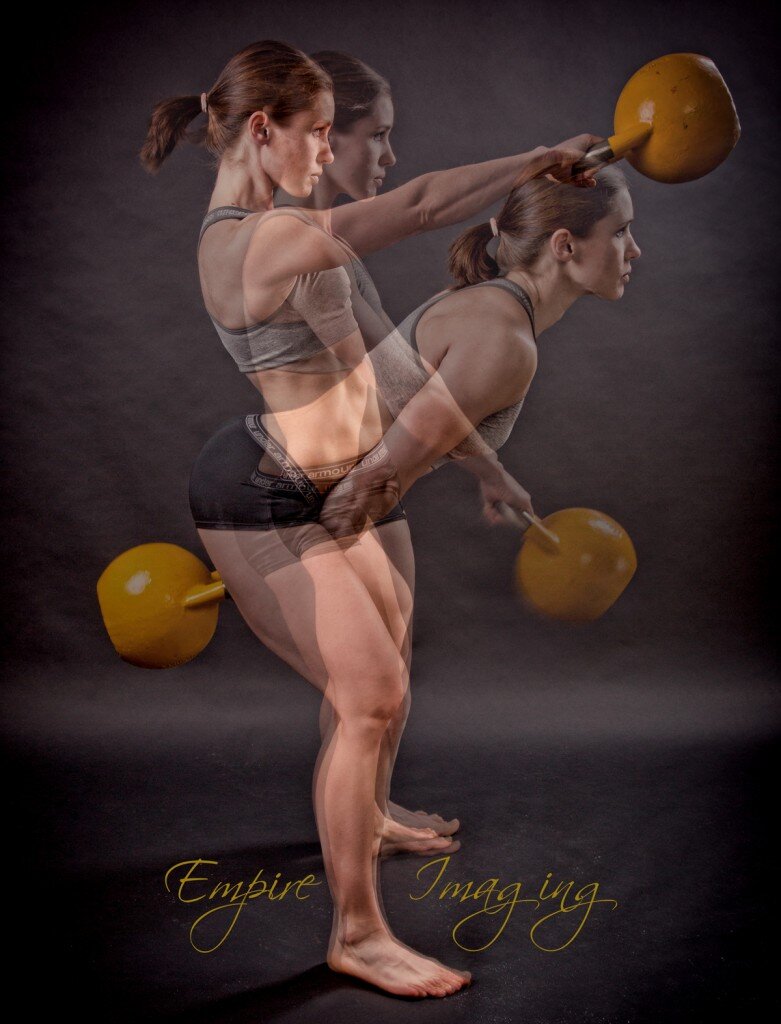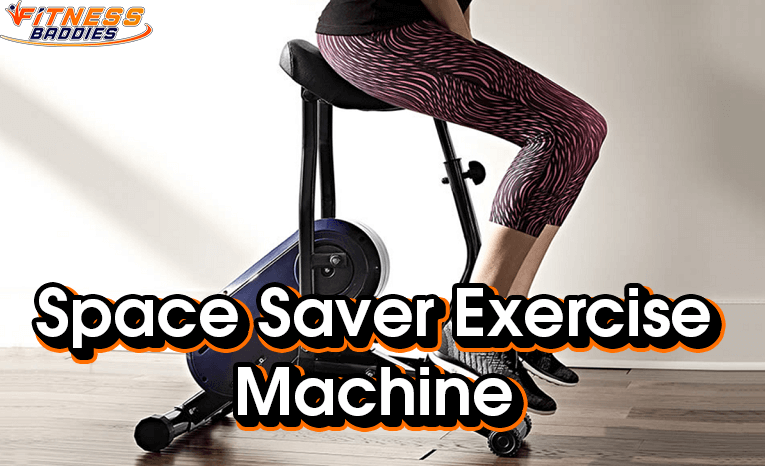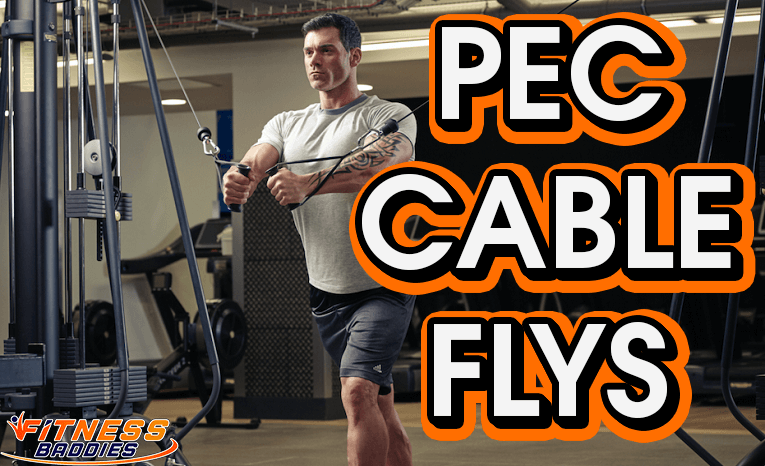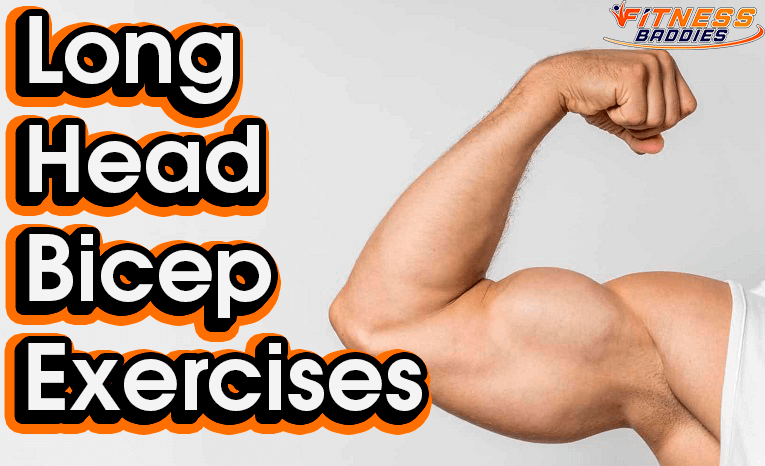There Is No Such Thing As Perfect Form

I have been exercising for a long time, and I have dealt with some longstanding frustrations about getting my body to do the things I want it to do. Exercise is more than just working out. It’s part of one of our most important relationships – the one with our own bodies.
Through movement, what we eat, physical exploration, pushing physical limits, and setting physical goals, we come to know ourselves. All this fitness stuff is undeniably part of making you a happier person. A healthy, strong body is a spiritual thing. It’s not just how we look in the mirror. A strong body is more than the weight we move. It’s how we move and how we load movement and what it takes to get there.
As I often say, if you encounter a contradiction (pain + perfect form), check your premises. One of them might be wrong. In this case, my whole understanding of form was wrong. Earlier in my coaching, my understanding of what perfect or proper form was, was based on the wrong premise – that there was an absolute when it came to good form. My ability to effectively coach exercises and get someone progress has grown immensely because of this shift in my thinking. Sometimes it’s still there, I admit. You have to balance recognizing good technique, motor patterns, and what clean movement looks like with trying to get someone to fit some idea of a form you have in your head. There is an individual skeleton for every single person on this planet. And while we have form guidelines for a reason, one of the dangerous grey areas you can hold onto as a coach is getting stuck in one mode of “what’s right” for exercise – especially if what you observe and the feedback you get from your body (or your client’s) is contradictory.
How I look at someone’s form has evolved to more than just checking items off a list. Chest up, knees out, go below parallel, etc. Now, I might cue someone like that and keep it simple (in fact, that’s preferable), but I am seeing way more than that. I want to see where the tension goes. I want to see what looks easy to them. I watch their face to see grimaces, straining, or scowls. I watch their breathing. I watch their speed. I watch what breaks down first. I watch their range of motion. I watch their feet and their neck. Basically, I watch them as a whole and adjust the cues accordingly. Sure, I’ll use a lot of the same ones. In fact, you WILL see many of the same patterns and the same solutions. That’s where we get the principles from; they work in a range of similar patterns. There is no one perfect way to do something. There is only what’s right for that person. And sometimes, that might not fit neatly into our ideas of good form. Maybe our ideas – not form – need to change.
There is a rule we can trust about form and technique, and upon which we can base our decisions as lifters and coaches: There are many right ways.
I need to say a big thank you to David Dellanave, who said the right thing at exactly the right time. He said “Make it look easy” while watching me deadlift at the Fitness Summit. Reading his free e-series later about biofeedback, I had several revelations. When you are doing everything right and not getting what you want, doesn’t that mean it’s not right for you? Duh. But getting there in your thinking is often hard. Why? It’s hard to be objective about yourself. But how do you find what’s right? By paying better attention and getting rid of assumptions.
I also would like to thank Oliver Vadnais, whose wisdom encouraged me to ask better questions, even as I felt overwhelmingly frustrated. He said: “Frustration is for children. Children are helpless. You are not a child.” Frustration is one of the most useless of feelings. If you can’t affect control over something, you shouldn’t be worrying about it. If you can, you should be focusing on finding what you need and asking questions that bring you closer to a solution. How we move is under our control – if we pay attention. Paying attention falls under that “simple but not easy” category. Paying attention is WORK, and you must work at changing bad habits. But paying attention sometimes just involves forgetting our assumptions and premises and acknowledging what is. In this case:
- “But I have perfect form. Why does this hurt?”
- “I am doing all the right exercises. Why am I still in pain?”
- “But he has good form. Why does he not experience progress? Why does he say it hurts? Why can’t he go heavier?”
- “But I tell him to do that. Why can’t he just do it?”
- “But why do his _____ move when he does that? Why can’t he just do it?”
I have literally heard this from other trainers:
- “Yeah, I don’t understand why they can’t just squeeze their glutes. It’s like they don’t want to!”
- “But such-and-such are ALWAYS supposed to do that.”
- “You HAVE to stop that buttwink. It’s going to ruin your squat.” (Guilty)
- “I do this exercise over and over, and they still don’t get it. Why can’t they just move like…”
How about we forget about what we think should happen, and focus on what is happening. Then, our knowledge can serve us much better.
Yeah, we all know form is individual, but we often don’t put that concept into practice; worse yet, when encountering a contradiction between form and results, we don’t stop to evaluate. We barrel along and end up in that reverse utopia: being in love with what’s wrong with our clients, with our injuries and limitations, and placing our focus there instead of being loyal to progressing and learning and open to a wide range of individual expression of movement.
Here is my story. It’s not everyone’s, but it’s one example of this principle of perfect form and getting stuck chasing it.
I started learning to lift on my own. I bought books, watched videos, subscribed to blogs, and absorbed everything possible. I have an eye for symmetry. I like to nitpick. I also love rules and “do this and this.” I am very visual and kinesthetic as a learner. I need to feel what I am doing, which is one reason why I feel an overwhelming need to try everything and do it myself before talking about it. That’s a good quality for a trainer, I think. I can follow a program to a T and ignore anything outside of it, including how or what I feel, including pain (before, not so much now).
When I started lifting, I felt pretty elated. I could easily do a lot of movements that others seemed to describe as difficult – at least those that I was reading. I could squat ass-to-grass. I could press overhead. I read a lot about the need for mobility/flexibility (which to be fair was largely written by men) and could do all the movements prescribed to the extreme range. I didn’t know much about hypermobility or motor control. In fact, I could do every movement in every range of motion. I could do all the hip opening stuff that they said would help me squat better. I could aggressively open my shoulders, which was supposed to make me press better. This posed some problems, which I came to find out about.
As my lifting career progressed, there were several things that kept me going. I was determined to do it right, I was rather impervious to pain, and I could maintain focus when I thought I knew exactly what to do. Basically, I could put my blinders up and work. And it worked for sure. I did a lot right, including: not program hopping, tracking my training, pushing linear progression, and developing the ability to apply enough intensity (something I find women have a harder time doing).
But there was a problem. You know that famous saying (that you might find reference too in quite a few of my blog posts), “Hard work is not smart work”? If there was one thing I could be known for, it was the ability to work hard, survive, and buckle down; smart work, maybe not so much. This was partly based on my ignorance, and partly based on my assumptions.
There’s this balance between thinking for yourself and viewing programs and rules as a means to guide you while you liberally and regularly think about what you’re doing AND being able to not fuck around in training and get so picky that you lose sight of the forest for the trees about it.
Therein lies the lesson I learned about so-called perfect form.
When you don’t know much, you cling harder to what you feel you do know or argue harder for what you feel sure of. It’s the mark of a less-educated person. It’s not a bad thing. Education and growth takes time. In fact, it take ALL the time, since you should never stop. But eventually, you learn certain principles and basics, and you can move onto another level of creativity and connecting the dots. The balance that is harder to maintain as you grow in your profession is being confident in your abilities and how you evaluate and absorb knowledge (knowing what is valuable) AND being open to learning and maintaining objectivity about new knowledge that comes out. You should continually examine your own practices, being able to continually challenge dearly held theories and norms when they are proven to be incorrect and/or ineffective or when you simply find that the premise was wrong. This is why science, medicine, and therapy have been able to progress over the years. It’s why we don’t bloodlet anymore, or determine someone’s mental health based on the shape of their skull. This is why human knowledge is able to grow at all! Let’s take this back to the realm of you. How often do you recognize when you are assuming and don’t actually know?
To me, it ends up happening A LOT. I like to blame my childhood some, because hey, an orthodox Christian upbringing means you are taught to faith-it-up hard and think for yourself as little as possible.
Believe me, it’s a battle I fight all the time. The other day, for instance, I posted a link from someone who was a fraud and who made several incorrect claims. Now, my MOTIVE for posting it was good, but I didn’t listen well enough to the bullshit radar bleeping in my head. I was too excited about how it fit certain things I was learning. Hey, I learned that lesson. Again.
To continue with my story:
When I started squatting and deadlifting, I goddamn got it right. I had numerous other trainers point to me as an example of perfect form. The fact is, I had the mobility and the willpower to mimic just about anything and pound away at the practice of it until I got better. Contrary to popular opinion, I was never very athletic. I was wannabe athletic. I started working out on my own, had brief stints in high school sports (stopped early because of knee injuries) and was always willing to try something, including dabbling in jiujitsu, capoeira, and muay thai (stopped over and over cause of knee injuries). In fact, I was of the mind that I could do anything I put my mind to. This was 90% of any physical talent I had, which became more painfully clear as I kept getting injured . I surfed, played soccer, basketball, rollerbladed, hiked, danced, and even skateboarded.
Should I tell you a secret? It wasn’t exceptional training or form that got me my max squats or deadlifts. It was sheer fucking determination and work ethic, coupled with an ability to zone out the discomfort and keep working. And working. And working. Except there came a point that I kept running into the same nagging issues no matter what I did! There came a time when I had to think for myself and add in that magic ingredient that no world class trainer in the world can give you: your own common sense and an ear to what your body is telling you. (Actually, if they are a world-class trainer, they will know how to read your feedback and tune you into it.)
At the height of my frustration, I was doing it all right. So why was I in pain? Why did I keep having the same issues crop up?

A big reason was because I was pigeon-holing myself into “perfect” form and thinking there was one thing I had to fix about movement and then it would be all good again! But that just wasn’t so. So, luckily I started to think about what I might not be thinking about and examine what I held as right. What were my beliefs about form, effort, and proper movement? What were my defaults that I had never actually examined if they were correct for me? What was I ignoring in my training that my body was trying to tell me about (like, hey, maybe some transverse/frontal plane movements, stability work, and more GPP)?
Pain is a great motivator. It motivates us to avoid it. The avoidance of pain is a bigger motivator than the pursuit of pleasure (so I have heard).
By delving into pain research a bit more, you see how mental it is. This is not to say that pain is NOT caused by injury or chronic bad movement in some pattern. It very well can be, but there’s also a bigger picture. Pain can be experienced just by suggestion. Pain can be a memory from an injury that’s already healed. Pain can be something related to our stress levels and general attitude. It’s a slippery fish. And once you experience pain, you are creating this neuro-memory (not a real word) that can be reactivated when doing the same movements or in the same situations.
When I sublaxed both my knees one after the other one time in Japan, the doctor they took me to mentioned that my knees were not so badly hurt. But, I was extremely stressed about walking on them, anyone touching them, or even anyone standing near me if they were going to move fast. Because of that stress, they were tensing up. My fear was making them worse than the actual injury was. I have no doubt I limped more because of that fear. Years of experiencing a feeling of instability just walking around made me extremely fearful and guarded with certain movements. Lifting and learning how to lift gave me a lot of relief from that. I finally felt like my legs could actually carry me. But I won’t deny that I’m not your most confident mover (SHOCKER!). I have to think about running before doing it. Picking up muay thai again a little while ago was very humbling. I could be graceful in very set patterns (squat), but had no agility in others and easily lost my balance. I had muscle, but I couldn’t use it well.
Learning about movement, mechanics, and anatomy through training has made me realize that while you need to think about how you move (if you are just learning or have just started exercising), any movement in the end should not require overwhelming thought about what you are doing. Movement should be effortless, varied, and natural. I’ve been told by a couple of coaches that I look like I overthink movement every time I move. I feel this is a result of a deep insecurity in movement from being injured often and “rehabbing” myself over the years without a lot of guidance. I found my way (and am still finding it) kind of haphazardly. This has been beneficial in giving me a good eye for watching others move and understanding it, but it has also given me a deep appreciation for effortless movement and how often this important aspect gets overlooked in programs. That “fitness” should include the freedom and confidence to move in a variety of ways without the fear of injury (which is where quality programming and coaching come in).
The essence of mastery is the appearance of ease. Not effort. If you make something look easy, fluid, and natural, aren’t you better at it than someone that looks awkward, has to try really hard, and exert a lot of effort?
Perfect form is not a pigeon-hole. It is a term with exactly one definition per person. Find yours.
This has changed my approach to coaching in a couple of ways.
- Find what a client can do well and easily first. TOO much effort is not a good thing. You can recognize shitty effort in things like breathing, speed, posture, etc. A movement that is awkward, painful, and is causing a client to guard themselves (holding their breath, grimacing, flinching, shaking) and requires a ton of cueing is probably not a good exercise for them at the moment. This is NOT the same as proper intensity or exertion.
- Don’t look for what’s wrong with their movement, joints, etc., or try to prematurely diagnose what’s “wrong” with them. See it when you see it, and address it appropriately. Don’t assume someone is broken and a shitty mover even if they show up with the classical, “I sit on my ass in front of a computer and have horrible posture.” Sometimes, nothing needs “fixing”; they just need to move regularly. Assume nothing. Observe and quantify. Find ways to test what you want to know (still working on this one). This is where movement screens like the FMS can be helpful for certain populations.
- Good form guidelines are just that – guidelines. You need a knowledge of bones and muscles and the biomechanics of the body. Within that knowledge, realize that every human skeleton is different. This means good form can be exhibited in a variety of ways and it’s your job to see the differences in people’s structure and cue accordingly.
- Do not think in absolutes. Trends, majorities, and generalizations are not absolutes. They are trends, majorities, and generalizations. Absolutes in training are dumb and unsupportable by both science and anecdote. You will always have to be able to recognize when something does not apply, even though a lot of the same can apply to many. This is where we get good principles from. Well, that and research.
- Your body was meant to move in a variety of ways. Your programming must respect that. A broad base of physical capabilities is the foundation for any athlete. Why is that different for us average folk? It’s not. This is not the same as muscle confusion.
- When encountering a contradiction, CHECK YOUR PREMISES, because one of them might be wrong!
- Follow the basics. Strength coaches promote basic proper form for a reason! I am paraphrasing this Dan John quote: If enough people argue for this or that leading to success, listen. Good coaches become good for a reason, but I think *they* would all agree that there is no ONE way, and “it depends” is involved in just about every answer.
- Pain is a funny thing. You can’t be absolutely certain about causes of pain because it’s such a mental issue as well. The mind is the control center for what we experience physically. You can have pain without injury and injury without pain. A fellow coach Jordan Syatt wrote this FB blurb that I shared that summed it up well: “Strength Lesson: If you think you’re broken, injured, and ‘all messed up,’ then you’re going to be broken, injured, and all messed up. Research is showing more and more that pain isn’t necessarily caused by injury. In fact, pain is often largely affected by your emotional and mental state. Most interesting, individuals who believe their pain to be worse than it really is endure a slower recovery process. What’s your takeaway? The more you re-enforce the idea that you’re broken, screwed up, or asymmetrical (we all are!), the more you’ll re-enforce pain-related symptoms. Granted, I’m not suggesting for you to ignore pain. That’d be stupid. But I am suggesting that you recognize pain does NOT necessarily equal injury. Simply understanding this small bit of information could keep you from acquiring debilitating pain and performing at a high level for years to come.”
While I am a big believer that good movement can reduce or help types of pain (joint, muscle, etc.), I have to stress that, as trainers, we have to be careful about what we think we know about pain and what we assume about it. If you are interested on more pain science and how it relates to movement check out this excellent article by Anoop Balachandran.
“Your handwriting. The way you walk. Which china pattern you choose. It’s all giving you away. Everything you do shows your hand. Everything is a self-portrait. Everything is a diary.”
Achieve your nutrition and training goals with Joy’s expertise and support.
Get started now


